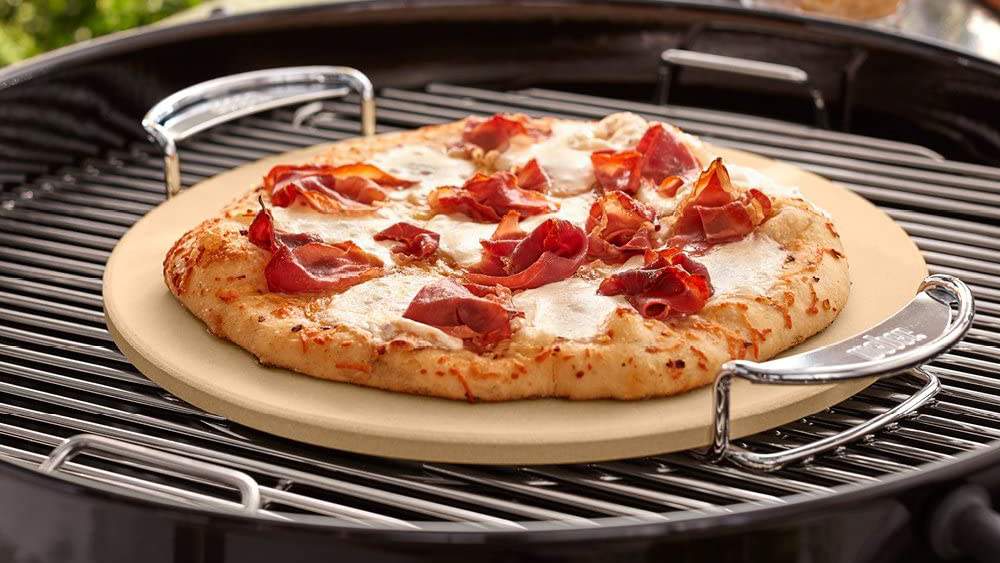Autonomous control is extremely common in both industrial and automotive applications, and many autonomous controls rely on current loops. Taking industrial applications as an example, current loops are ubiquitous in control loops that work bidirectionally. The loop transmits the sensor’s measurements to the programmable logic controller PLC, which in turn transmits the PLC’s control output to the process modulation device.
In such systems, the power supply for the current loop is usually supplied from a linear regulator. While this has traditionally been the case, linear regulators have their drawbacks, with relatively low efficiency and limited current capacity. In general, linear regulators can achieve high efficiency if the input voltage and output voltage are very close, but if they are not close, the voltage drop is too large and the energy consumed by the linear regulator will increase a lot. At this time, it is easy to affect efficiency. Once the efficiency becomes low, it will bring various control system function problems.
Table of Contents
Buck Switching Regulators Replace Linear Regulators
Compared with linear regulators, buck regulators have a higher current capacity and wider input range, which improves system efficiency, so buck regulators are used to replace many current loop systems. Linear regulators are one way to improve performance.
In a standard 4 mA to 20 mA current loop, circuits are typically designed to require no additional power supply and draw power directly from the current loop. Traditional linear regulators are more than sufficient if no additional functions and features are added. But linear regulators, which can’t provide the extra current capability, start to get limited as their capabilities increase. Buck switching regulators with high load capability do not have this limitation, and higher efficiency can reduce the thermal burden of the loop system design.

(High Input Voltage Step-Down Regulator, TI)
On the other hand, in industrial and automotive applications, the voltage at the sensor terminal may be very high in transient devices, which is the case where the input voltage and output voltage are not close as we mentioned above. This is not uncommon in industrial as well as automotive grade applications. Only a buck switching regulator with a wide enough voltage range can simplify the demanding design requirements of automotive and industrial applications where large voltage transients can occur.
Low Quiescent Current and High-Efficiency Buck Regulator Closes the Current Loop
In 4 mA to 20 mA current loop applications, low quiescent current, high efficiency, and wide input range are essential if a step-down switching regulator is used to replace an LDO. At the same time, the components must maintain reliable operation with high precision and low power consumption in the extended industrial range of -40°C to +125°C.

(Current Loop of LT8618 DC Supply, ADI)
The figure above is a loop built from ADI’s LT8618 family of high-speed synchronous monolithic step-down switching regulators that can efficiently deliver up to 100mA of current to the output at a constant frequency (even up to 2.2MHz). Compared with LDOs, buck regulators can multiply the input current provided to the load, and the additional load capacity greatly increases the additional design space and startup, which can simplify part of the system design work. In general, all necessary circuits in these types of devices will be equipped with top and bottom power switches, reducing the need for external components, which has obvious advantages in terms of simplifying the design difficulty.
Also taking this series as an example, over a wide input voltage range of up to 65V (transient only, 60V in continuous operation), the buck regulator consumes only 2.5μA of quiescent current in transient mode, exceeding The low quiescent current keeps the output ripple at a good level. Under transient conditions, LDO regulators are very inefficient, and buck regulators are also very efficient at high step-down ratios. Synchronous bucks like the LT8618 series can achieve over 90% efficiency.
Low turn-on and ripple limit
The reduced on-time helps achieve a larger step-down ratio, and a low on-time buck regulator means that it supports direct step-down conversion from different voltage level inputs to the low voltage rail, reducing system complexity and cost. At high switching frequencies, the performance advantage of a device that can maintain a stable low on time is more pronounced.
On the other hand, surge and ripple are issues to be considered when using this type of device. To suppress ripple, the input capacitance of the buck regulator is critical. The smallest input capacitor that meets the ripple current and ripple voltage requirements is the best choice. Some are also optimized for EMI requirements, including adaptive gate drivers controlled by slew rate, and spread spectrum to reduce peak emissions.
Easybom summary:
In industrial and automotive systems, high-efficiency buck regulators can replace LDO regulators with no problem in terms of efficiency and performance. In terms of size, LDOs require very few external components, generally, only one or two bypass capacitors are needed. If a high-efficiency buck regulator can be made compact, it is acceptable in size.













